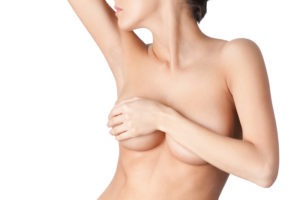
Why Breast Shape Matters
Everyone’s breasts are different in terms of volume, symmetry, nipple position, and chest wall dimensions. These natural characteristics influence how implants will look and feel after surgery. By analyzing breast shape before surgery, a skilled plastic surgeon can personalize your augmentation to suit your body and aesthetic goals.
Common Breast Shapes and Their Impact
- Round Breasts Round breasts have even fullness in the upper and lower poles. Patients with this shape may experience more predictable outcomes with breast implants, as the natural symmetry allows for smooth implant placement. If the patient desires more volume or enhanced cleavage, augmentation can be straightforward with round or teardrop-shaped implants.
- Tubular Breasts Tubular or constricted breasts are narrower at the base with a prominent gap between them and puffy areolas. Patients with this shape often require additional surgical techniques, such as tissue expansion or radial scoring, to reshape the breast and accommodate an implant. Implants alone may not be enough to achieve a natural look without correcting the underlying shape.
- Asymmetrical Breasts Mild asymmetry is common, but some patients have noticeable size or shape differences between breasts. Augmentation can address asymmetry with different implant sizes or by combining implants with a breast lift. The surgeon may also need to adjust implant placement or pocket size to achieve balance.
- Sagging or Ptotic Breasts Breasts that sag (ptosis) due to aging, weight loss, or pregnancy may not respond well to implants alone. In cases of moderate to severe ptosis, a breast lift (mastopexy) may be needed to reposition the nipple and breast tissue before or during augmentation. Skipping this step can lead to a bottomed-out appearance or nipples pointing downward.
- Wide-Set Breasts Wide-set breasts have a larger space between them. While implants can add volume, they can’t significantly alter the position of breast tissue on the chest wall. Patients seeking enhanced cleavage may need specific implant types or placements (such as submuscular) to optimize results.
Other Anatomical Considerations
- Chest Wall Shape: A barrel-shaped or concave chest can affect how implants sit and appear. For example, pectus excavatum (sunken chest) might require customized surgical planning.
- Skin Elasticity: Tight skin may limit the size of implants, while loose skin might increase the risk of sagging post-surgery. Skin quality helps determine implant size and type.
- Nipple Position: Ideally, nipples should be centered on the breast mound after augmentation. If they are too low or point downward, a lift might be necessary.
Tailoring Augmentation to Your Breast Shape
A personalized consultation is essential. During your visit, your surgeon will assess your breast shape, skin quality, and anatomy to recommend the best implant type (silicone vs. saline), size, and surgical technique. They may use 3D imaging to simulate results and set realistic expectations.
- Implant Type: Some shapes benefit from anatomically shaped (teardrop) implants, while others may do well with round implants.
- Implant Placement: Submuscular placement (under the muscle) can help improve cleavage in wide-set breasts or camouflage implant edges in thin patients.
- Incision Location: The surgeon will choose an incision site (inframammary, periareolar, or transaxillary) based on breast shape and skin type.
Conclusion
Your natural breast shape is a foundational element in determining how successful and natural your breast augmentation will look. Understanding your anatomy and working with an experienced, board-certified plastic surgeon ensures your goals are met safely and beautifully. By tailoring the procedure to your unique body, you can enjoy long-lasting, stunning results that enhance your confidence and silhouette.
CONTACT US TO Schedule a Consultation WITH CLEVELAND, OH PLASTIC SURGEON, Dr. Bram Kaufman
To learn more about cosmetic treatment and procedures or to schedule a consultation by Cleveland Ohio area plastic surgeon, Dr. Bram Kaufman, please contact us click here.
Now taking new patients in Cleveland OH | Pepper Pike | Beachwood | Lyndhurst and other surrounding areas.
